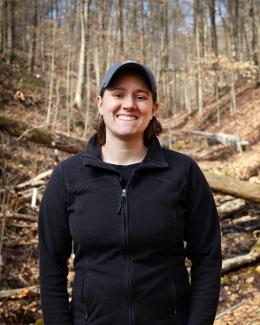Abstract
We evaluated the ecological effectiveness of an in-stream restoration project involving coarse woody debris (CWD) additions to streams along an upland soil and vegetation disturbance gradient at the Fort Benning Military Installation near Columbus, GA. We examined short-term (immediate effectiveness) and longer-term (sustainability) responses to CWD additions by measuring ecosystem metabolism rates in 8 streams quarterly over a 6-year period, including 3 years before (2001–2003) and 3 years after (2004–2006) CWD additions that were made to half of the streams. Ecosystem respiration (ER) rates in most CWD addition streams increased relative to control streams from spring 2004 through autumn 2005, suggesting heterotrophic bacteria were the initial responders to CWD additions. Gross primary production (GPP) rates remained low (typically < 0.3 g O2 m−2 d−1) but increased in some CWD addition streams relative to control streams in spring 2004 and 2005. The magnitude of ER increases in CWD addition streams during the first two years post-addition increased with catchment disturbance intensity, indicating that more heavily disturbed streams responded most strongly to restorations—an important consideration when targeting future restoration locations. Because restorations did not address actual upland disturbance, continued high erosion rates resulted in 32–77% of the added CWD being buried by year two and a corresponding return of GPP and ER rates to pre-CWD addition levels by year three. If restoration projects do not adequately address the source of catchment disturbances, CWD additions will provide only short-term increases in streambed structure and stability, hydrodynamic complexity, and nutrient and organic matter processing and retention.


